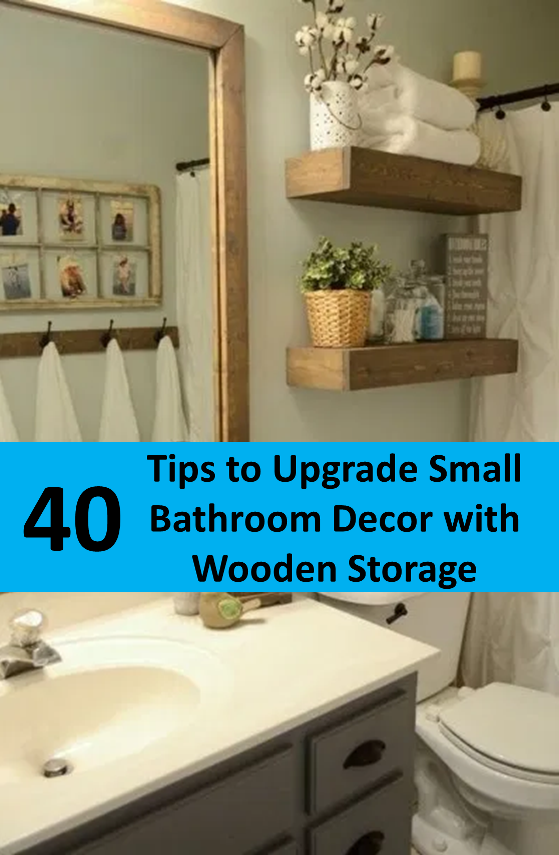Garden paths serve both a practical and aesthetic purpose in the yard. They provide a safe and easy walkway to and from the house and garden, and give you an opportunity to visually connect your yard and home. Garden paths also help define the spaces in your outdoor landscape, and can bring overall beauty to your property. There are many options to choose from for the material and design of a garden path. From pavers, to stepping-stones, to plain mulch, there’s something for every budget. Depending on the material you choose and the topography of your yard, creating a garden path is a very attainable DIY project, even for a beginner. Whether you are laying bricks or spreading gravel, there are a few general tips that will help make your DIY garden path project more successful. Lay out your path with spray paint or a garden hose before you start any work. Make sure it’s wide enough to accommodate an adult comfortably. Remember to level the area so that your materials lay properly, and so that your garden path is safe for guests and family to walk on. Hard surface materials like brick or pavers will need to slope away from your home 1/4 inch per foot to ensure proper drainage. And don’t forget to put a weed barrier under the base of your path to minimize maintenance in the future. Even if you don’t want to install lighting when you install your garden path, it’s a good idea to lay electrical conduit above the base, so you can add it later if you want to. We’ve rounded up some of the best ideas for attractive and affordable DIY garden paths. Your inspiration is just a click away.
Choose a pathway that fits your style and needs. If none of these ideas perfectly suit you, put your own design stamp on it to make it what you want.
Pallet Path
A short rustic path might just be the next pallet DIY on your to-do list! Be sure to treat the planks first so they will last for years, withstanding the moisture and exposure to the elements that might otherwise lead to wood rot. Installation is as simple as digging a level pathway and laying each pallet loosely in place.
Recycled Brick
Choosing to use recycled brick could instantly add a worn-in charm to your landscape and—depending on the deal you strike—save you money on your path’s construction. Check out your local salvage yards for used materials, and do a quick search as well for specialty dealers who carry reclaimed brick.
Concrete Walkways
Concrete forms in a multitude of shapes and styles can help you elevate ho-hum cement to new heights, like this walkway disguised as classic pavers. If you do decide to do it yourself, use a template to help plan and customize your path before you get to work!
Rustic Tree Pathway
To build a rustic outdoor space, nothing beats the look of real wood. Here, crosscut logs are placed side by side to create a walkable work of art. This thrifty DIY becomes even more affordable when you use storm-damaged tree branches. And the best part is that it couldn’t be easier to install. To create an even surface, place your wood slices on level ground, then fill in with dirt, sweeping between pieces to fill the gaps.
Casual Gravel
Perhaps least expensive of all, gravel lends itself to easy DIY installation. That’s partly because the loose stones are permeable and present no drainage challenges. It’s low maintenance too; besides weeding, the gravel needs only to be topped up every year. Just be sure to include edging on both sides of the path to contain the stones. Note, too, that if your path needs to be cleared after snowfalls, gravel isn’t the best choice. Likewise, it’s unsuitable for steep slopes.
Stepping Stones
Custom concrete stepping stones make a perfect summer DIY project for kids, but this far-out design is all grown up! All you’ll need are standard concrete stepping stones, a rubber doily, and spray paint to transform an ordinary path into a rustic treasure—no concrete mixing required!
This article adapted from this site






































































0 Comments